Sunday, May 16: Today, I go on a field trip with the teachers from Chojeon Elementary School to explore Palgongsan National Park.
Palgongsan Natural Park is centered around Palgongsan Mountain, one of the larger mountains (1.2km high) in the Taebaek mountain range. Palgongsan Mountain is located 20km northeast from downtown Daegu, where the Nakdonggang River and Geumhogang River meet. The mountain has three peaks in a row: Birobong Peak, in the center, with Dongbong and Seobong on either side.
The park has numerous rocks and valleys and is carpeted with azaleas in the spring. In the autumn many visitors flock to the park to admire the falls leaves on the trees lining the 16.3km-long road through the park (Visit Korea: Daegu > Dong-gu > Palgongsan National Park (Gatbawi District)).
Our first destination is the Bangjja Yugi Museum, at the foot of Palgongsan Mountain. However, when we arrive, we find the museum is closed. Oh well, so much for great planning. This is the first museum in Korea to specialize in brass ware. The museum was founded with the goal of preserving the delicate art of Bangjja Yugi (Korean brass ware) and to educate future generations on the meticulous crafting process (Visit Korea: Daegu City Tours).
Since the museum is closed, we wander around the perimeter of the parking lot. Here, we find two places that sell statues and sculptures. One of them sells normal statues like lions, Buddhas and other Korean-related things.
The other one has an array of penis-shaped statues. Some of them are a few meters tall! My Korean co-teachers tell me that these phallic symbols are a great symbol of power and statues such as these are thought to offer protection from evil spirits.
Palgongsan Mountain is considered the center of Buddhist culture in Korea. The mountain offers plenty of things to see all year round thanks to the knots of trees and scenic rocks and valleys that cover the mountain. Treasured not only for its natural beauty, the mountain also hides within its folds a number of old temples and historic sites from the Silla Dynasty (57 BC – 935 AD) (Visit Korea: Daegu City Tours).
We take the Palgongsan Cable Car, which runs 1.2.km from the base of Palgongsan Mountain to an 800m elevation (Visit Korea: Palgongsan Cable Car).
We stop for some tea and snacks at the cable car restaurant.
Then we walk up to a Buddhist temple or hermitage, but I’m not sure which one it is as there are so many in these mountains.
Finally, after our little day trip, we go to a Korean restaurant for a group dinner. A fun full day on Mt. Palgongsan. 🙂


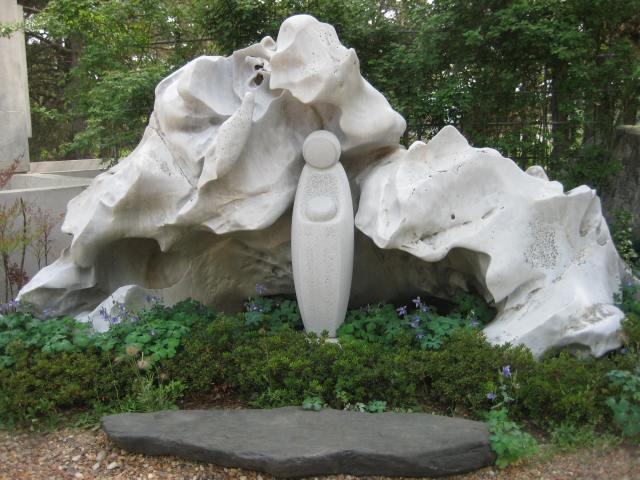

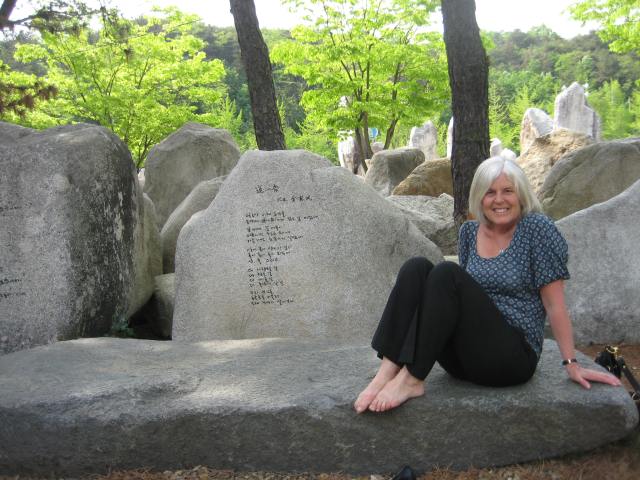

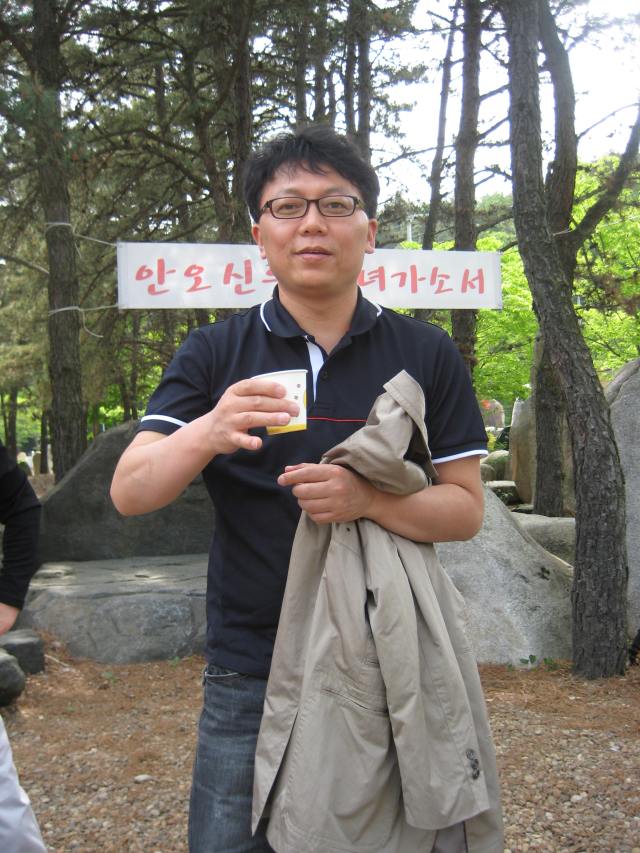


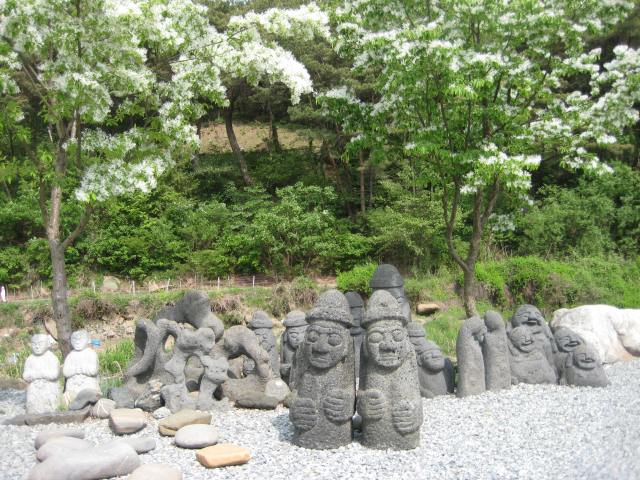
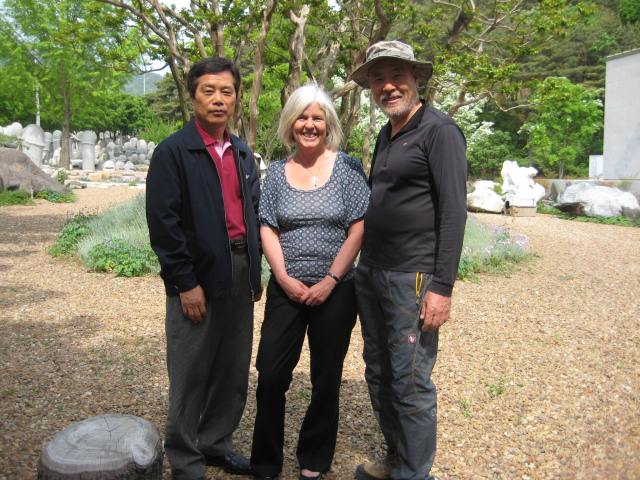

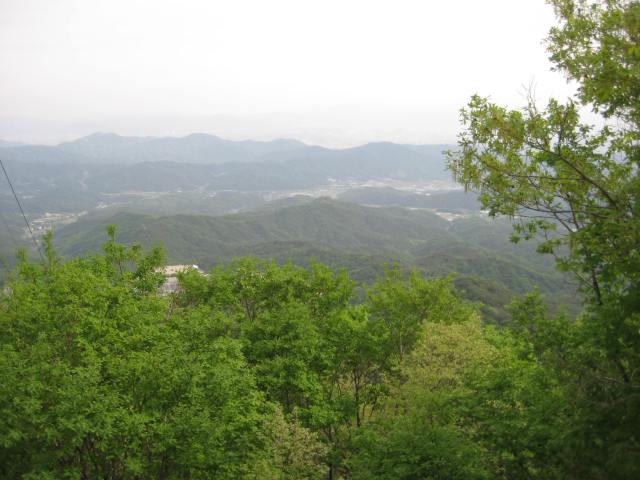
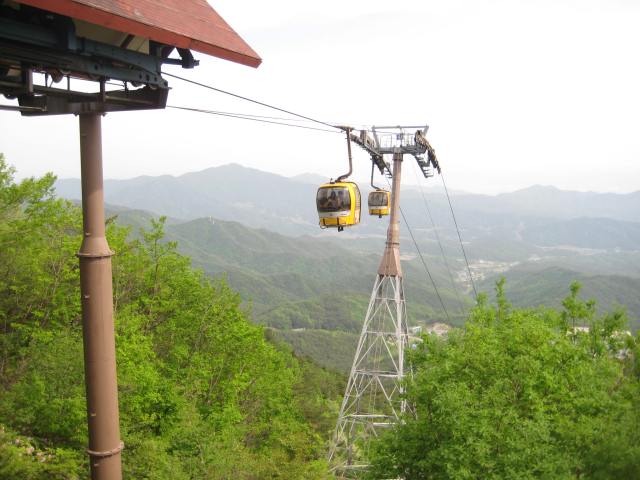


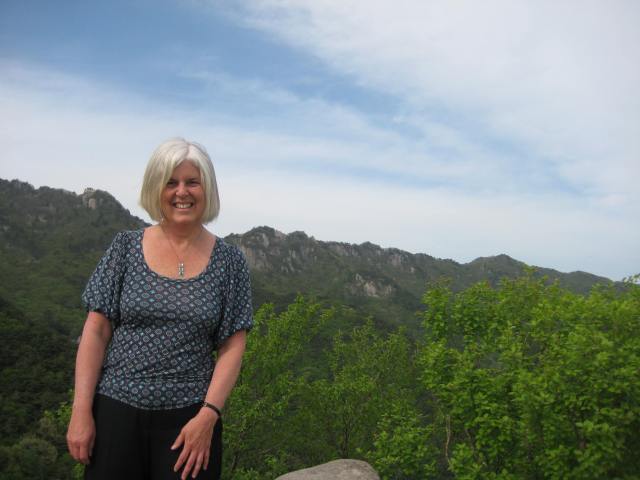
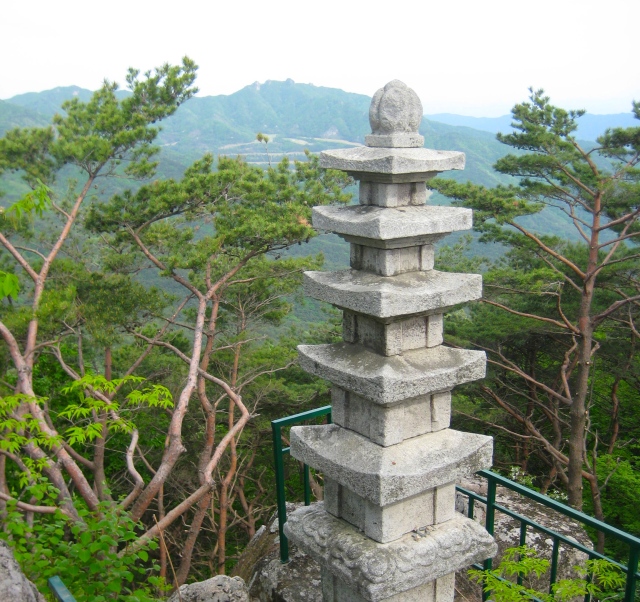
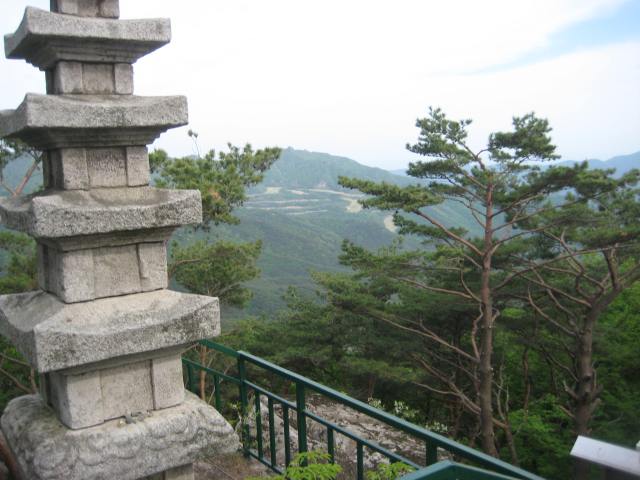
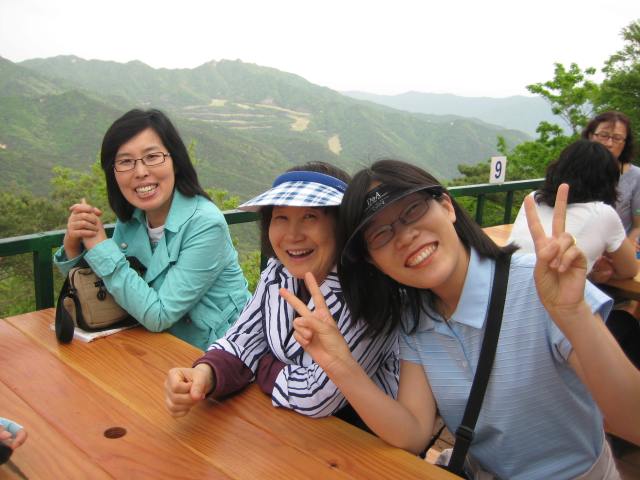



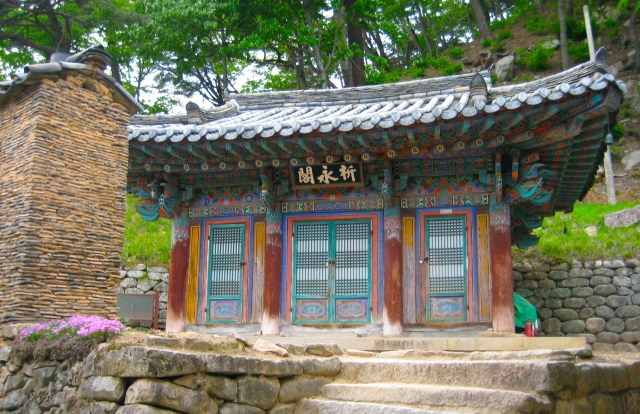

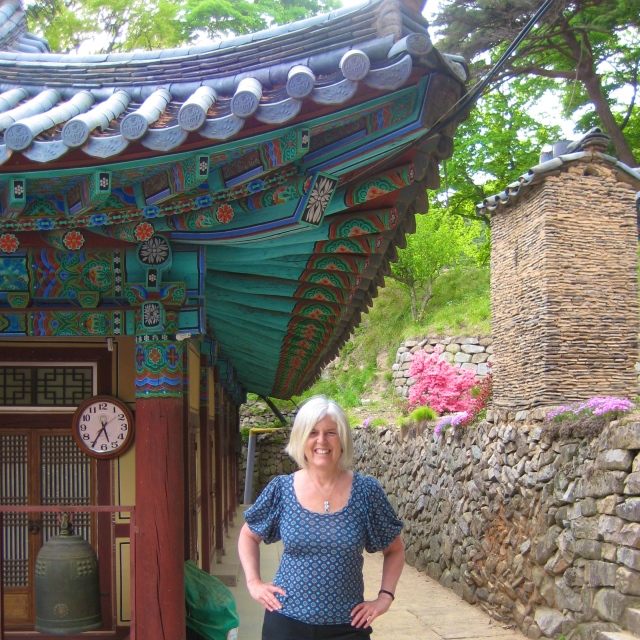


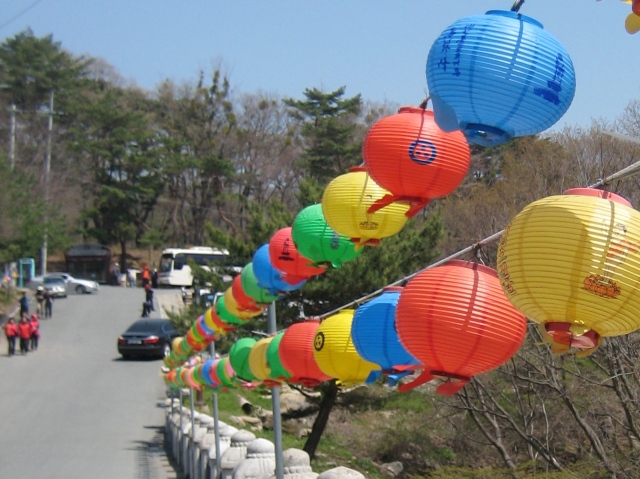
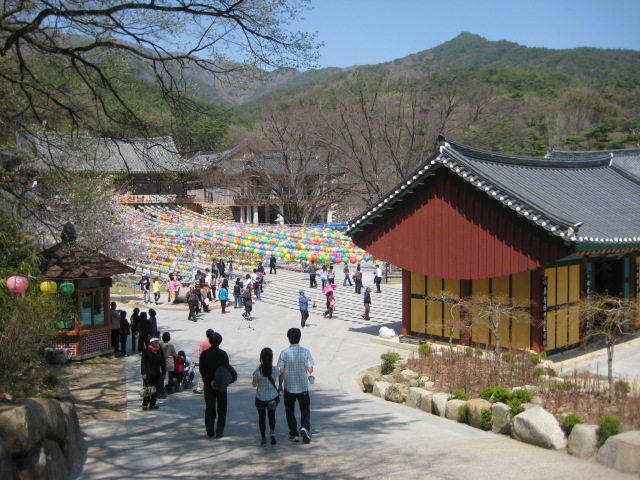
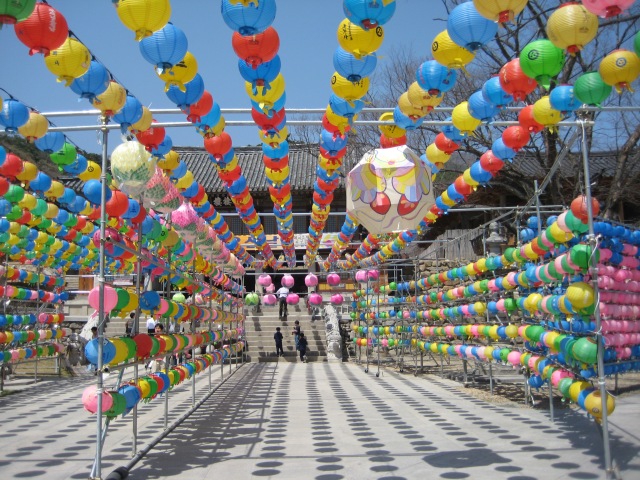



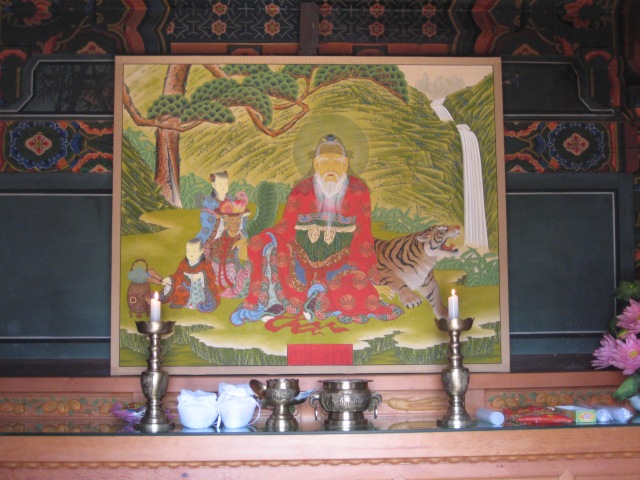

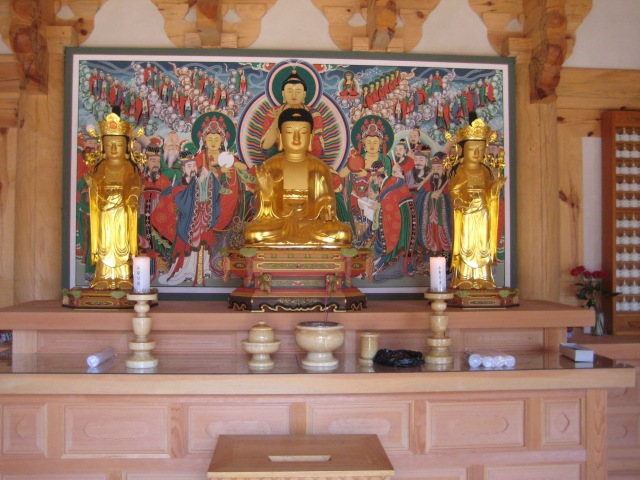

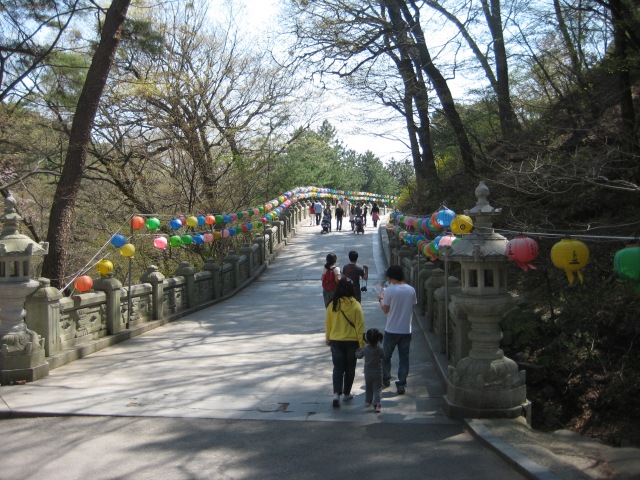
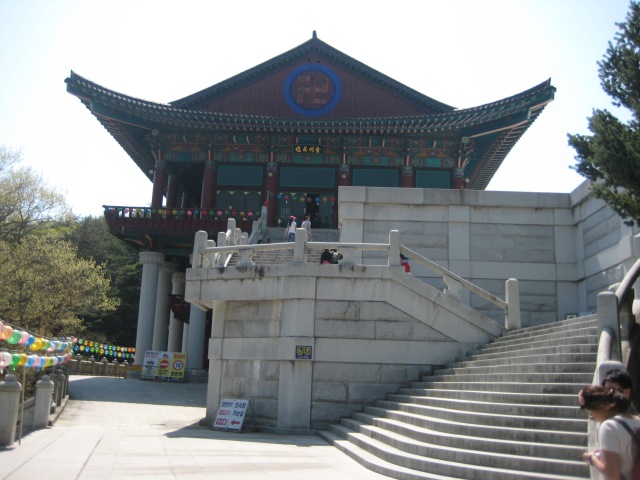
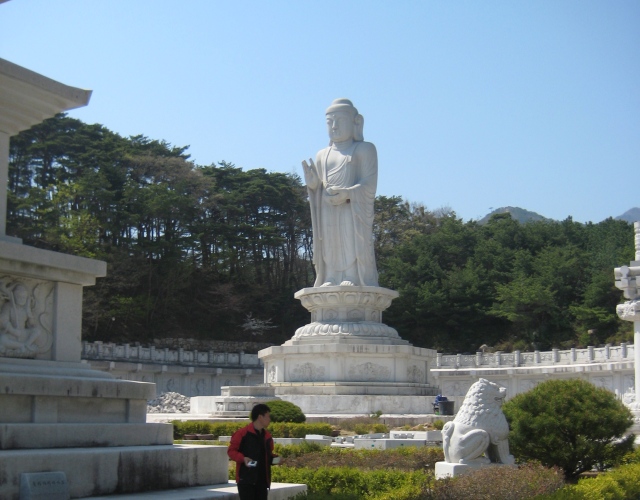
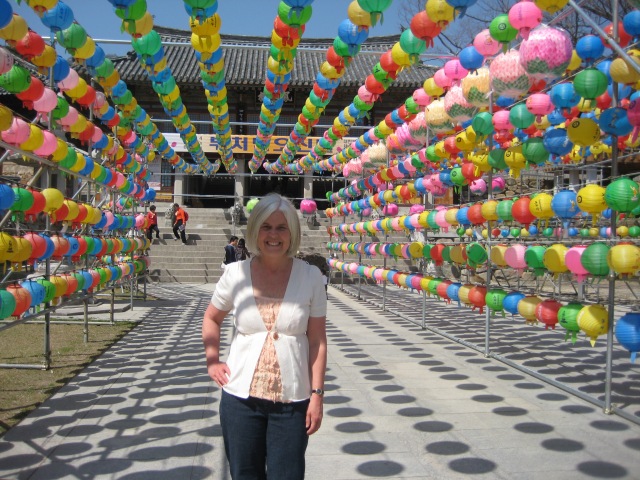


You must be logged in to post a comment.